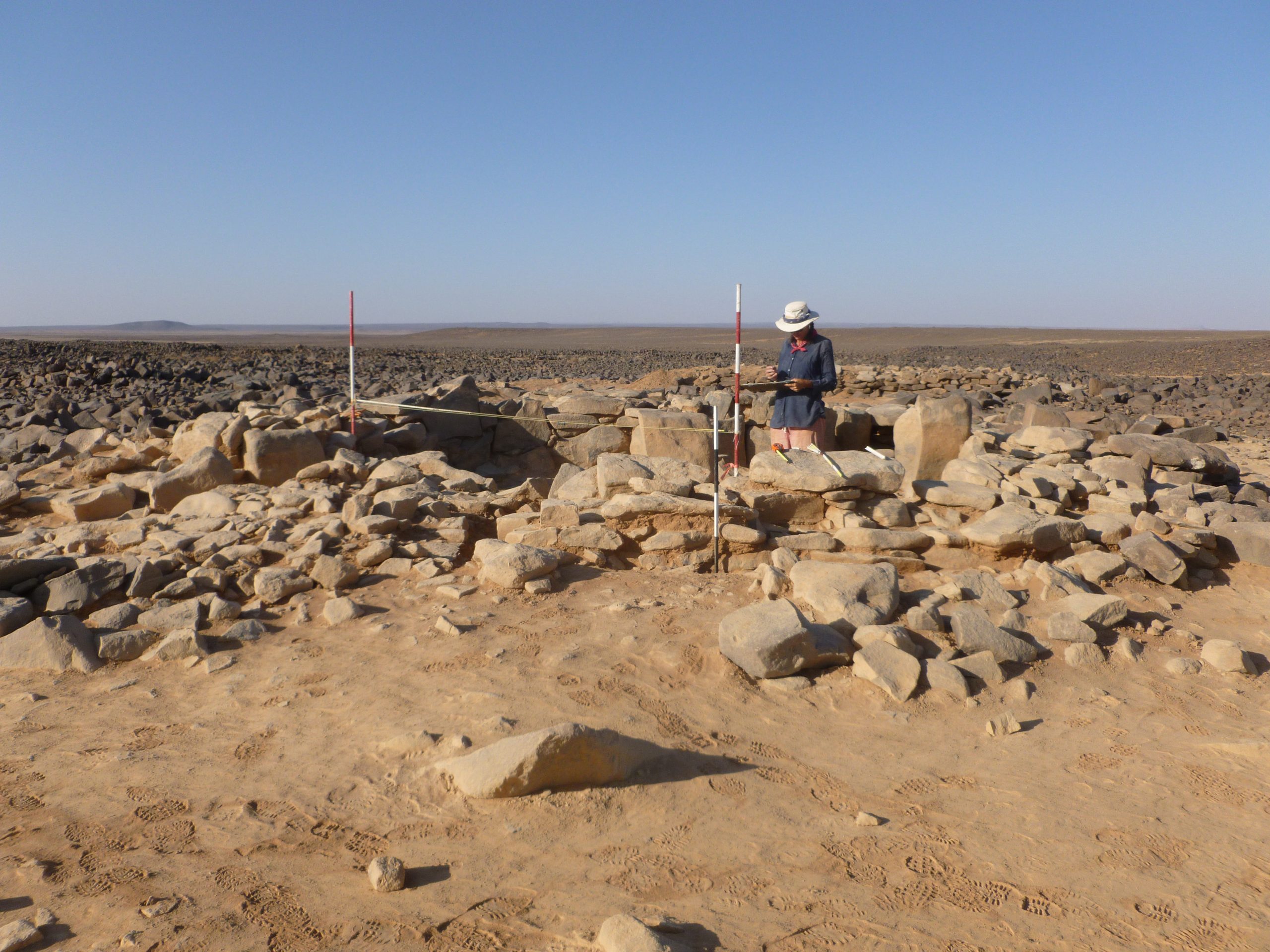
October 12, 2020, by Andrew Edwards (Ed)
Palaeobenchmarking Resilient Agricultural Systems (PalaeoRAS) – by Prof. Matt Jones
Professor Matthew Jones heads up the Palaeobenchmarking Resilient Agricultural Systems (PalaeoRAS) project.
The project comprises 10 researchers and over 20 academic staff across 5 Schools at the University of Nottingham. PalaeoRAS is funded by the Future Food Beacon through its Innovation Challenge programme.
The PalaeoRAS project and its aims
PalaeoRAS seeks to understand how plants respond to climatic stress within their past, present and projected future agricultural systems. We take into account the impact of environmental, biological, economic, and social variables upon these systems, with the ultimate aim of improving the productivity and sustainability of future agriculture.
In this introductory blog, I explain what palaeobenchmarking is, why it matters in the context of historic and future climate change, and how our varied interdisciplinary projects will help to predict and shape a more resilient future for agriculture.
What is palaeobenchmarking?
Setting absolute benchmarks in time, for current or future planning, is difficult. This is highlighted by recent discussions in my own discipline of Quaternary Science about the beginning of ‘The Anthropocene’, the period of Earth’s history in which geological processes, including climate change, have become dominated by human activity.
The consensus is that anthropogenic activity certainly does have significant impacts on Earth processes now. However, debate rages around when this time period formally began. Geologists are currently edging towards a start date of 1950 for The Anthropocene, some 150 years after the start of the industrial revolution. However, from a Quaternary Science perspective, this seems absurd. There is a substantial amount of published work that shows people have been impacting their environments, at different scales, for thousands of years. The start of agriculture c. 11,000 years ago and its gradual spread across the world also plays an important part in discussions of Anthropocene start dates.
For us though, palaeobenchmarking is not about drawing lines in time. Rather, our approach opens up the c. 11,000 years of agricultural system case studies to help model future system scenarios. For example, we can utilise natural variation in plants to identify novel traits for crop improvement. We can understand crops types that have been particularly successful or unsuccessful in periods of different climate in the past.

Our research projects
The work of individual PalaeoRAS researchers will be detailed in the series of interview blogs that follow this one. In the next few weeks you will see that our team uses a number of innovative methods to research such diverse topics as:
-
crop histories in The Fertile Crescent (Southwest Asia);
-
the Milpa agricultural system in the Yucatán peninsula (Belize and Mexico);
-
different perspectives on plant phenotyping;
-
machine learning approaches to improve automated plant measurement and observation; and
-
reconstructing historical ecological systems.
Because challenges to resilient agriculture come from all directions- e.g. environmental, social, economic – there is not one solution to the problem. At the start of the second year of many of our PalaeoRAS projects, it’s already clear how the researchers’ diverse backgrounds and academic disciplines are helping to shape each other’s projects. Our team is already thinking beyond traditional academic ‘silos’. This is an important strength of the PalaeoRAS project and of the wider Future Food Beacon. We are grateful to the Beacon for providing the opportunity to work in this exciting transdisciplinary space.
As well as the forthcoming blogs, you can follow our progress on Twitter @PalaeoRAS!
No comments yet, fill out a comment to be the first

Leave a Reply